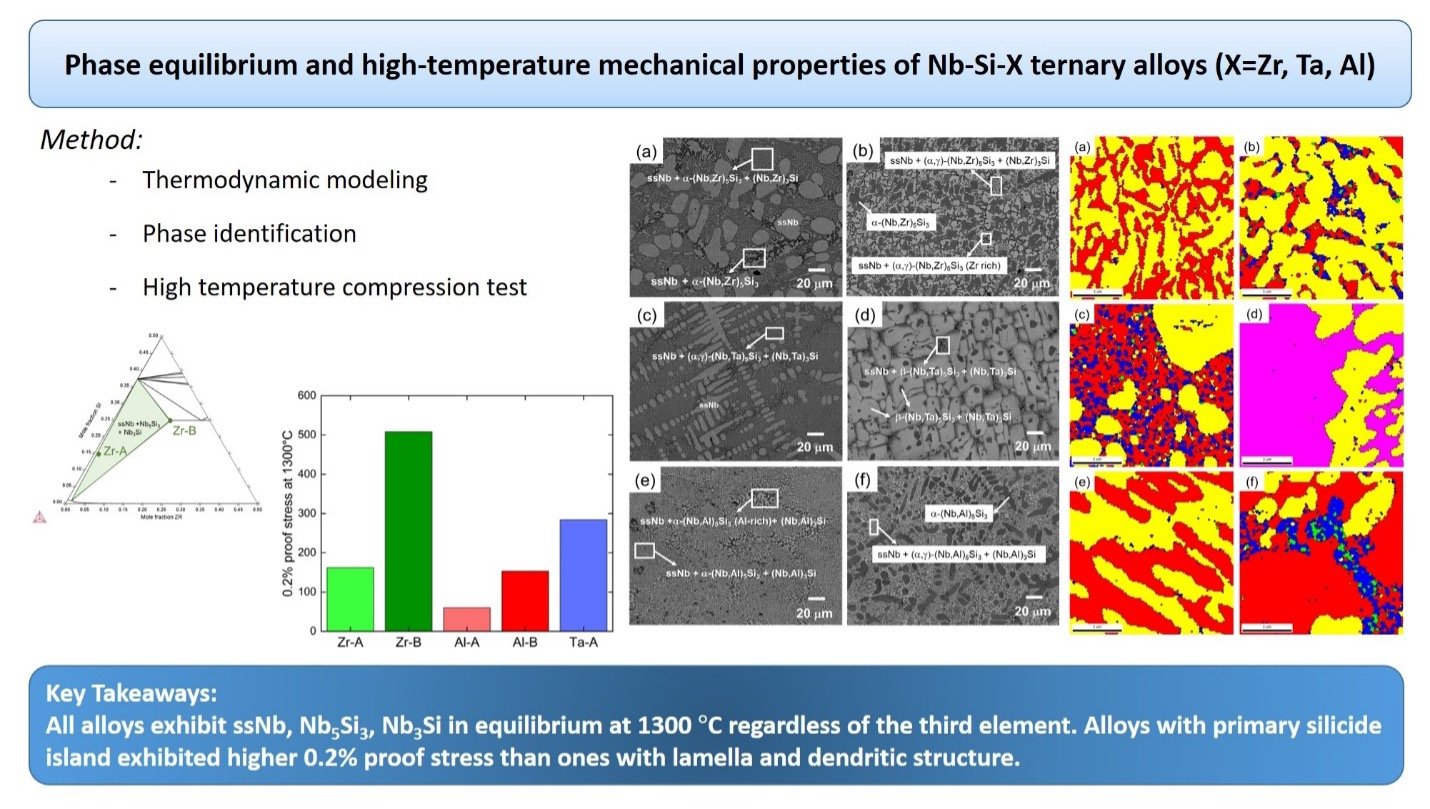New Material Research Push The Limit For Sustainable Power Generation
- Headline
- Press Release
Gas turbines - the heart of power generation and aircraft engines - have supported our lives over decades. Literally, we cannot use our phones, computers, appliances, and even cannot reach the flesh foods without them. Fossil fuels are soon to be replaced with sustainable fuels such as hydrogen and low-carbon biofuels, and they are likely more costly. Reducing fuel consumption is crucial for emitting fewer greenhouse gases, reducing electricity bills, and possibly being able to reduce air travel fees. The rule of thumb for gas turbines is that the higher the operating temperature, the higher the efficiency. The state-of-the-art gas turbines are made from the most robust materials in the world, such as Ni-based superalloys; however, the current operating temperature is approximately 90% of their melting temperature. Can we improve the gas turbines by finding the alloys that can survive higher temperatures?
The University of Tokyo Graduate School of Frontier Science Assistant Professor Sae Matsunaga and Professor Yoko Yamabe-Mitarai have been working on the answer to this question by improving the new class of high temperature alloys called Nb-silicide-based alloys. Nb-silicide-based alloys can survive temperatures above the current temperature limit and have exhibited great potential as alternatives to superalloys. They focus on the effect of alloy chemistry and microstructural control that is crucial to understanding to further improve these alloys.
Nb-silicide-based alloys were made from niobium and silicone as a base, and then some other elements were added as alloying elements to improve their properties. Matsunaga and Mitarai explored the effect of elements that we still do not understand their exact effect.
"Our understanding of the effect of alloying elements is limited for Nb-silicide-based alloys. There are quite a few studies about some elements such as titanium and hafnium, but there are still many more that have been considered as candidate elements but did not study how these work." Matsunaga said. "The discovery of an effective alloying element can be a breakthough for alloy design. Providing experimentally-obtained data to the research community can also accelerate the alloy development process by combining experiments and ever-enhanced computational power."
Matsunaga and Mitarai made a series of alloys by adding zirconium, tantalum, and aluminum to niobium and silicone bases and investigated existing phases and their phase equilibrium using X-ray diffraction and electron microscopy. They also performed compression tests at room temperature and at high temperature to see the mechanical performance of these alloys.
"We found that adding zirconium is quite effective in maintaining the alloy ductile at room temperature, which is beneficial for processing. In addition, once it reaches high temperature, it becomes extremely strong," Matsunaga said. "Regardless of the alloying element, creating primary silicide islands works well to strengthen the alloy. We should be able to use this approach to further improvement of Nb-silicide-based alloys."
Matsunaga and Mitarai's research was published in the peer-reviewed journal, Metallurgical and Materials Transactions A in Oct
Matsunaga and Mitarai outlined the next steps to understand the effect of these elements on deformation mechanisms.
"Although we found adding zirconium and creating primary silicide islands is effective to enhance the mechanical properties, we still do not understand why," Matsunaga said. "Once we understand the secret of strength in these alloys, we can apply the strategy to further improve the alloys to meet the required properties for real-life applications."
Article
Publication: Metallugical and Materials Transactions A
Title: Phase equilibrium and high-temperature mechanical properties of Nb-Si-X ternary alloys
Authors: S. Matsunaga, K. Komamura, Y. Yamabe-Mitarai
DOI: 10.1007/s11661-023-07220-8




